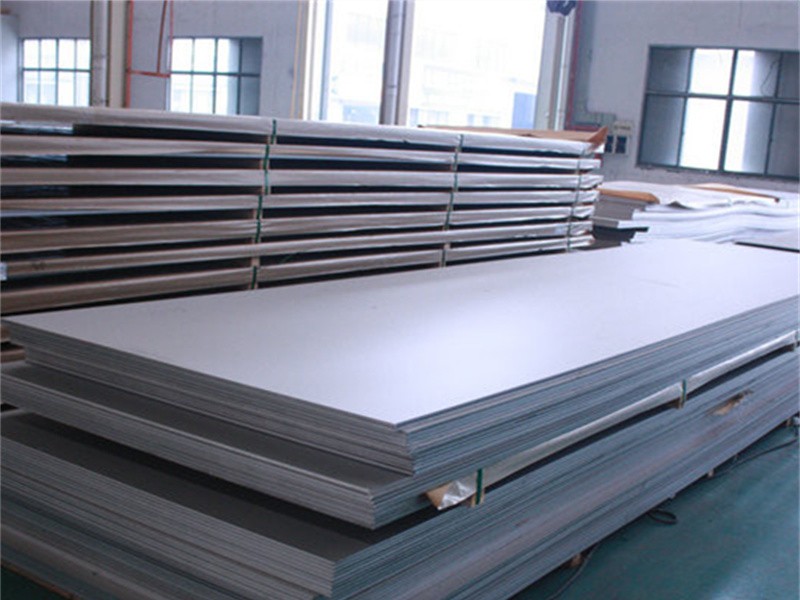According to the National Bureau of Statistics, the profit of ferrous metal smelting and rolling processing industry fell 92.7 percent year on year in the January-October period. For the current operation of the steel industry, metallurgy industry planning and Research Institute deputy Secretary of the Party Committee, president Fan Tiejun said, with the implementation of the policy of stable economic growth, gradually release the dividend of the rescue policy to help enterprises, industrial production continues to recover, steel consumption has been inhibited, it is expected that this year the national steel consumption will show a small decline, but maintain a high level. Looking ahead to next year, Diao Li, deputy director of the financial assets department of the China Iron and Steel Association, predicted that the divergence of the steel industry may be further reflected.
Fan Tiejun pointed out that from the stage of development, the steel industry is in the three stages of reduction, acceleration of restructuring, strengthening environmental protection and other superposition stage, and to the high-quality and low-carbon stage evolution. Low-carbon development is an important content, key embodiment and ultimate goal to solve the constraints of environment, energy and resources and promote the high-quality development of the industry.
How to achieve low-carbon development? Wang Xinjiang, vice president and secretary general of the Chinese Institute of Metal Society, said that from the perspective of iron and steel smelting process, the carbon emissions of the long process process is much higher than the short process process, and 90% of our iron and steel industry is the long process process, so we should take many measures to encourage the development of short process process.
Mr Wang said: “To encourage the development of short-flow processes, the following needs to be done. First, further improve the product replacement policy. Second, strengthen the standard management of scrap steel industry, further improve the comprehensive utilization of resources tax policy. Third, establish the access standard of electric furnace short process steel, and regulate the transformation of new and old plants. Fourth, set up science and technology innovation special, promote the short process of electric furnace green intelligent. Fifth, deepen the reform of the electric power system to improve the competitiveness of our manufacturing industry.”
Liu Shijin, deputy director of the Committee of Economy of the CPPCC National Committee, put forward the innovative concept of “carbon reduction” at the forum. That is to say, relying on the substitution of green technologies to reduce carbon emissions can be called alternative carbon reduction. Liu Shijin suggested that “carbon reduction” should be incorporated into the carbon emissions accounting system as soon as possible. In his opinion, various industries, including the steel industry, should speed up the development of five-year plans and long-term plans that aim at double control of carbon emissions, and win-win cooperation between carbon reduction and growth. “First, the incremental substitution of new technologies creates a corresponding ‘carbon reduction’. Second, incremental ‘carbon replacement’ and high-yield projects in stock can reduce the intensity of carbon emissions while unlocking growth potential. Third, further substitution of new technologies into the stock can achieve full economic growth while reducing the total and intensity of carbon emissions.”
Fan Tiejun believes that carbon neutrality in the steel industry is a complex, long-term and systematic project. It is not a simple issue of energy conservation and environmental protection, but a new change in the development mode, which requires innovation in smelting technology, production materials, supporting facilities and other aspects of the original production mode. He also suggested carrying out life-cycle evaluation of steel products to quantify resource consumption, carbon emissions and other emissions throughout the process, so that steel products have better environmental coordination.
Post time: Dec-12-2022


